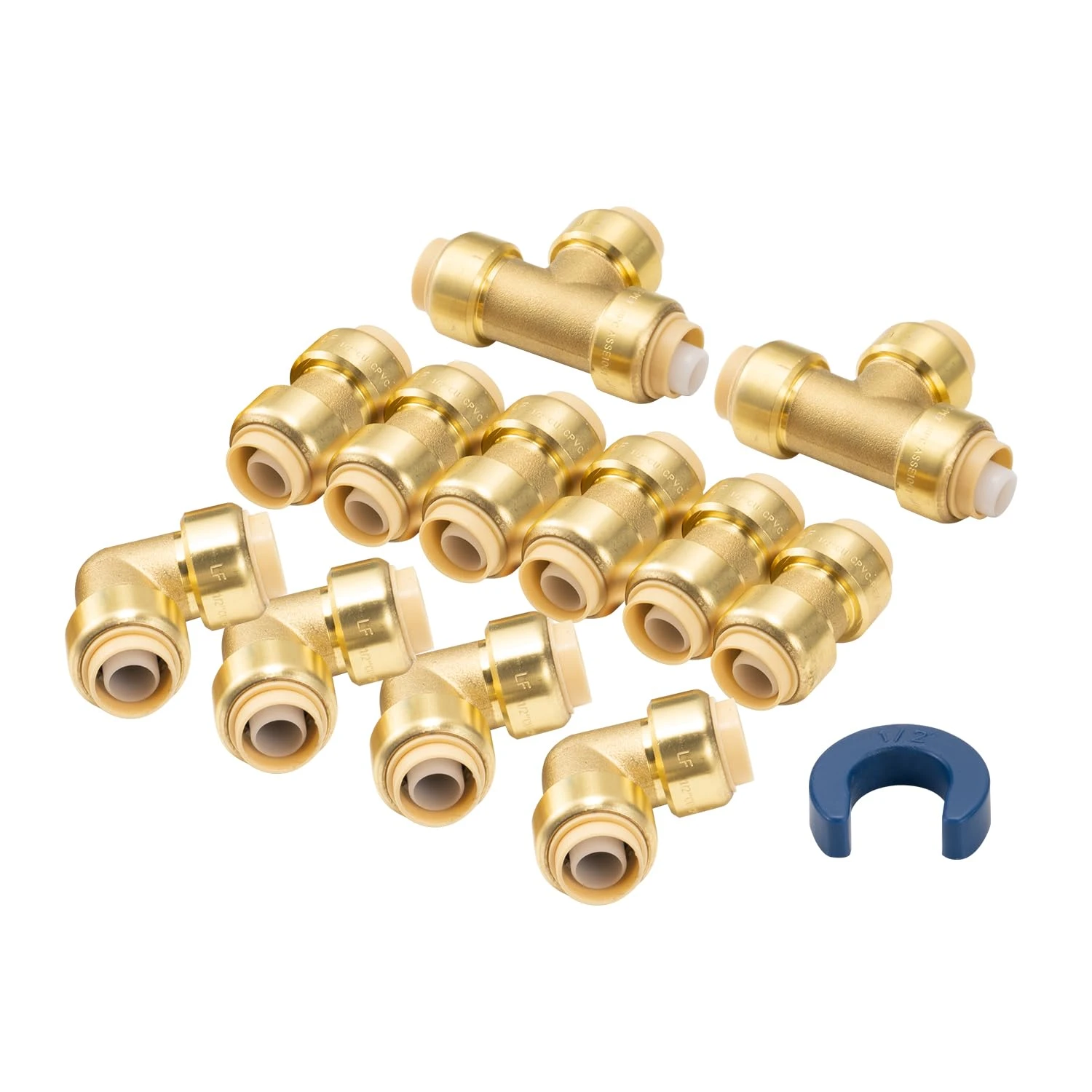PEX (cross-linked polyethylene) pipes are a popular choice for modern plumbing and heating systems due to their flexibility, durability, and ease of installation. However, to ensure optimal performance, it’s crucial to use the right fittings and specialty tools. This article explores the essentials of PEX Pipe systems, focusing on the role of EN 15875 standards, the variety of fittings available, and the specialty tools needed for successful installations.
What is PEX Pipe?
PEX pipe is a type of plastic tubing widely used in residential and commercial plumbing. Its flexibility allows for easy routing through tight spaces, and its resistance to corrosion and scale buildup makes it a long-lasting solution. There are different types of PEX pipes, including PEX-A, PEX-B, and PEX-C, each with specific properties and applications.
Understanding EN 15875 Standards
EN 15875 is a European standard that specifies the requirements for PEX piping systems. This standard covers everything from material specifications to installation practices, ensuring that PEX systems are reliable and safe. Compliance with EN 15875 is crucial for maintaining high quality and performance in PEX installations.
PEX Fittings: An Overview
PEX fittings are essential components that connect different sections of PEX pipes. They come in various types, including barb fittings, crimp fittings, and push-fit fittings. Each type has its own advantages and is suited for different applications. Selecting the appropriate fittings ensures a secure and leak-free connection.
Specialty Tools for PEX Installation
Proper installation of PEX pipes requires a range of specialty tools. Essential tools include pipe cutters, crimp tools, and expansion tools. Advanced tools, such as laser-guided measurement devices and pipe bending tools, can enhance precision and efficiency. Investing in high-quality tools helps achieve optimal results and reduces the risk of installation issues.
Compatibility of PEX Pipes and Fittings
Ensuring compatibility between PEX pipes and fittings is crucial for a successful installation. Incorrect fittings can lead to leaks and system failures. It’s important to match the type of fitting with the specific PEX pipe being used and to follow manufacturer guidelines for proper installation.
Installation Techniques for PEX Pipes and Fittings
PEX pipe installation involves several standard practices, including cutting, fitting, and securing pipes. Using the right techniques and tools can streamline the process and improve results. Tips for successful installation include ensuring proper alignment, avoiding excessive bending, and checking connections for leaks.
Maintenance and Care for PEX Systems
Maintaining a PEX system involves regular inspections and routine maintenance. Common maintenance tasks include checking for leaks, ensuring proper support for pipes, and cleaning fittings. Addressing minor issues promptly can prevent more significant problems and extend the lifespan of the system.

How EN 15875 Influences PEX Pipe Installations
EN 15875 standards play a vital role in ensuring the quality and reliability of PEX installations. Compliance with these standards provides assurance that the materials and methods used meet rigorous performance criteria. Following EN 15875 guidelines helps maintain system integrity and ensures long-term performance.
Case Studies of PEX Pipe Installations
Examining case studies of successful PEX pipe installations offers valuable insights into practical applications. Projects that highlight EN 15875 compliance demonstrate how adhering to standards leads to successful outcomes. These examples provide lessons and best practices that can be applied to future projects.
Troubleshooting Common Issues with PEX Systems
Even with proper installation, issues can arise in PEX systems. Common problems include leaks, pipe bursting, and connection failures. Identifying these issues early and applying best practices for troubleshooting can help maintain system functionality and prevent costly repairs.
Comparing PEX with Other Piping Systems
When comparing PEX to other piping systems, such as copper or PVC, PEX offers several advantages, including flexibility, ease of installation, and resistance to scale and corrosion. Understanding these differences can help in selecting the best piping system for specific applications.
Future Trends in PEX Pipe Technology
The future of PEX pipe technology is likely to see continued advancements, including innovations in materials, installation techniques, and system integration. Staying informed about emerging trends and technologies will be essential for professionals aiming to leverage the latest developments in the industry.
Conclusion
PEX pipe systems, when combined with the right fittings and specialty tools, offer a reliable and efficient solution for modern plumbing needs. Adhering to EN 15875 standards ensures that installations meet high-quality benchmarks. As technology and standards evolve, staying updated on best practices and innovations will be key to achieving successful PEX installations.
FAQs
- What are the main benefits of using EN 15875 PEX pipes?
EN 15875 PEX pipes provide high durability, flexibility, and resistance to corrosion, ensuring reliable performance in plumbing systems. - How do I choose the right PEX fittings for my project?
Consider the type of PEX pipe, the application requirements, and the fitting type. Ensure compatibility and follow manufacturer recommendations. - What specialty tools are essential for PEX pipe installation?
Essential tools include pipe cutters, crimp tools, and expansion tools. Advanced tools like laser-guided devices can enhance precision. - How does EN 15875 impact the quality of PEX installations?
EN 15875 ensures that PEX installations meet rigorous standards for material quality and installation practices, contributing to system reliability. - What are the common maintenance issues for PEX systems?
Common issues include leaks, pipe support problems, and connection failures. Regular inspections and maintenance can help address these issues.


















